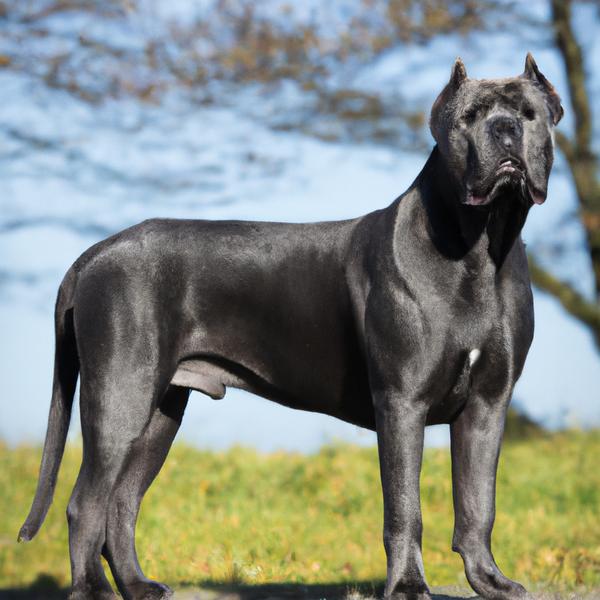Blue Blood Cane Corso vs. Tibetan Terrier: Breed Differences and Similarities
Hypoallergenic
Are Blue Blood Cane Corsos or Tibetan Terriers hypoallergenic, or neither?
Unfortunately, the Blue Blood Cane Corso is not hypoallergenic, making it not a good choice for a dog lover who suffers from pet allergies.
While no dogs are truly 100% hypoallergenic, Tibetan Terriers are about as close as it gets, making them an ideal pet if you are an allergy sufferer.
Temperament
What are the personalities of Blue Blood Cane Corso and Tibetan Terrier dogs?
Loving
Protective
Courageous
Loyal
Social
Trainable
Cheerful
Quiet
Dutiful
Responsible
Affectionate
Energetic
Reserved
Intelligent
Amiable
Gentle
Sensitive
Shedding Level
Do Blue Blood Cane Corsos shed more than Tibetan Terriers, or which breed sheds more, Blue Blood Cane Corsos or Tibetan Terriers?
Blue Blood Cane Corsos are low shedding dogs, requiring minimal coat care.
Tibetan Terriers shed very little hair, making them a great choice for those who dislike excess hair in the house.
Origin
What is the origin of Blue Blood Cane Corso and Tibetan Terrier dog breeds?
United States
Tibet
Ancestry
What are the origins of Blue Blood Cane Corso and Tibetan Terrier breeds?
Alapaha Blue Blood Bulldog and Cane Corso
lhasa apso, shih tzu, north kunlun mountain dog, inner mongolian dog
Date of Birth
When were Blue Blood Cane Corso and Tibetan Terrier breeds first developed?
Unknown
ancient times
Litter Size
What is the usual litter size for Blue Blood Cane Corso and Tibetan Terrier?
A Blue Blood Cane Corso can have a litter of 4-8 puppies on average. However, it's worth noting that the size of the litters can vary greatly. Factors that can influence litter size include the health of the mother, breeding history, and genetics.
A Tibetan Terrier can have a litter of 12-15 puppies on average. However, it's worth noting that the size of the litters can vary greatly. Factors that can influence litter size include the health of the mother, breeding history, and genetics.
Adaptability
Blue Blood Cane Corsos are known for their adaptability and can adjust well to different environments and lifestyle changes.
Tibetan Terriers are highly adaptable and versatile, making them excellent companions for families and individuals of all lifestyles.
Health Issues
Between Blue Blood Cane Corso and Tibetan Terrier, which breed is more prone to health problems?
Blue Blood Cane Corso and Tibetan Terrier breeds are generally considered to be healthy. However, like all breeds, they are susceptible to certain health issues and it is important to keep an eye out for them and address them with your veterinarian as needed.
Major Concerns
What are the major health concerns for Blue Blood Cane Corso and Tibetan Terrier breeds?
Entropion
Hip Dysplasia
Patellar Luxation
Progressive Retinal Atrophy
Lens Luxation
Ceroid Lipofuscinosis
Hypothyroidism
Heart Murmur
Minor Concerns
What minor health issues should be kept in mind when owning Blue Blood Cane Corso and Tibetan Terrier?
Allergies
Retinal Dysplasia
Allergies
Occasional Tests
What occasional tests are recommended for Blue Blood Cane Corso and Tibetan Terrier breeds?
Eye
Hip
X-Rays
Physical Examination
Allergy Tests
Eye
Hip
Blood Test
Heart
Thyroid Tests
X-Rays
Eye Examination
Social Needs
Blue Blood Cane Corso vs Tibetan Terrier social needs comparison
Blue Blood Cane Corso and Tibetan Terrier have above average social needs compared to other breeds. They thrive in environments where they have a lot of interaction with humans and other dogs.
Sleeping Need
Which of the two sleeps the most/least: Blue Blood Cane Corso or Tibetan Terrier?
Blue Blood Cane Corsos have moderate energy levels and typical sleep patterns of 12-14 hours per day.
Tibetan Terriers are active and require sufficient sleep to stay healthy.
Mouthiness
Mouthiness Comparison: Blue Blood Cane Corso vs Tibetan Terrier?
Roaming urge
Blue Blood Cane Corso vs Labrador: Running away tendency?
Prey Drive
Blue Blood Cane Corso or Tibetan Terrier - which breed has a higher level of prey drive?
Activity Level
Which breed has higher energy, Blue Blood Cane Corsos or Tibetan Terriers?
Blue Blood Cane Corsos are high-energy dogs. They need mental as well as physical exercise. These dogs require a lot of your involvement and without it they can, and will, become problematic dogs.
Tibetan Terriers are medium-energy dogs and typically enjoy socializing and playing casual or even sustained games of chase with other dogs. They may also have occasional periods of barking or racing around the house.
Tolerance of being left alone
Grooming
Which breed is easier to maintain in terms of grooming, Blue Blood Cane Corsos or Tibetan Terriers?
The Blue Blood Cane Corso is a low-maintenance breed that doesn't require much grooming.
Tibetan Terriers have high grooming needs, requiring regular trims and professional grooming assistance to keep their coat healthy.
Brushing Frequency
What is the recommended brushing frequency for Blue Blood Cane Corso and Tibetan Terrier dogs?
Blue Blood Cane Corso should be brushed at least once a week. Of course you can give them more frequent brushes if you find that they are still shedding a lot
Ideally, Tibetan Terrier should be brushed at least 2 or 3 times a week (preferably daily) improve shedding.
Sensitivity Level
How do Blue Blood Cane Corso and Tibetan Terrier compare in sensitivity?
These breeds are more sensitive than others and easily overwhelmed by new surroundings and people. Blue Blood Cane Corso and Tibetan Terrier need gentle handling and a calm, stable home environment with positive reinforcement training.
Apartment Friendly
Which breed is more apartment-friendly: Blue Blood Cane Corso or Tibetan Terrier?
Blue Blood Cane Corsos can do well in apartments with enough exercise and time outside, but a small yard would be ideal.
Tibetan Terriers make excellent apartment dogs, being fairly active indoors and not requiring a yard.
Child Friendly
Do Blue Blood Cane Corsos or Tibetan Terriers have a friendlier temperament towards children?
Blue Blood Cane Corsos are good with kids if socialized and trained from a young age.
Tibetan Terriers have an average level of friendliness towards children.
Senior-friendly
Which dog is more suitable as a pet for the elderly - Blue Blood Cane Corso or Tibetan Terrier?
Cat Friendly
Do Blue Blood Cane Corso or Tibetan Terrier breeds have a better compatibility with cats?
Blue Blood Cane Corsos are somewhat cat friendly and can be trained to get along with cats.
Tibetan Terriers are average in their friendliness toward cats and tend to do well with them, especially if raised together.
Dog Friendly
Which breed is more sociable with other dogs: Blue Blood Cane Corso or Tibetan Terrier?
Blue Blood Cane Corsos are less friendly towards other dogs, but can improve with socialization.
Tibetan Terriers are average in their friendliness towards other dogs, and socialization can help.
Pet friendly
How do Blue Blood Cane Corso or Tibetan Terrier dogs interact with other pets?
Stranger Friendly
Which breed is more friendly with strangers: Blue Blood Cane Corso or Tibetan Terrier?
Blue Blood Cane Corsos are not very stranger friendly.
Tibetan Terriers are averagely friendly around strangers but benefit from early socialisation.
Playfulness
Which breed is more playful between Blue Blood Cane Corso and Tibetan Terrier?
Blue Blood Cane Corsos have an average level of playfulness, enjoying playtime like most dogs but not excessively so.
Tibetan Terriers are a playful breed that needs daily playtime to be happy.
Trainability
How do the trainability levels of Blue Blood Cane Corsos and Tibetan Terriers compare?
Blue Blood Cane Corsos are popular for their ease of training and quick learning ability.
Tibetan Terriers are usually easy to train but require consistency to fully obey commands.
Compare Blue Blood Cane Corso with other breeds
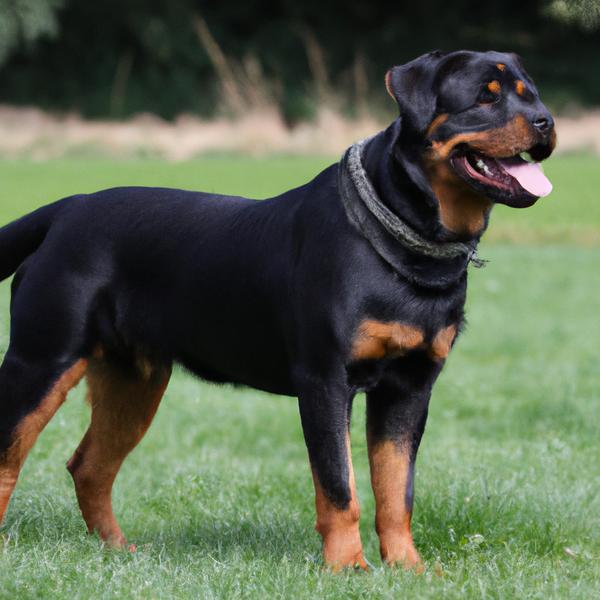
New Rottland
Blue Blood Cane Corso vs New Rottland

Boston Huahua
Blue Blood Cane Corso vs Boston Huahua
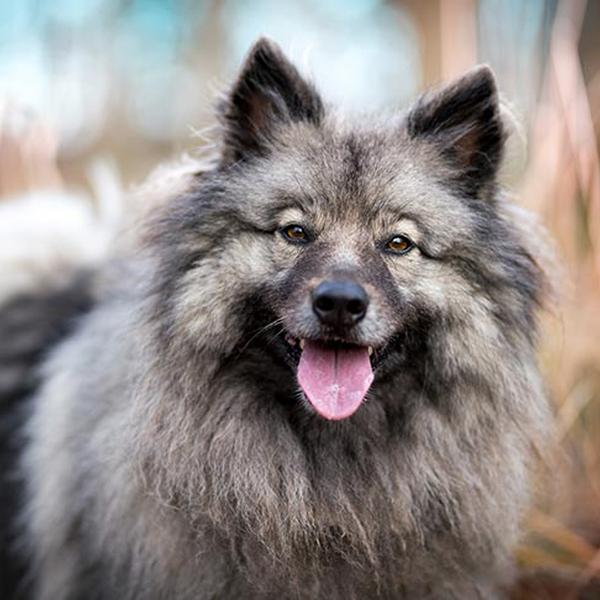
Keeshond
Blue Blood Cane Corso vs Keeshond
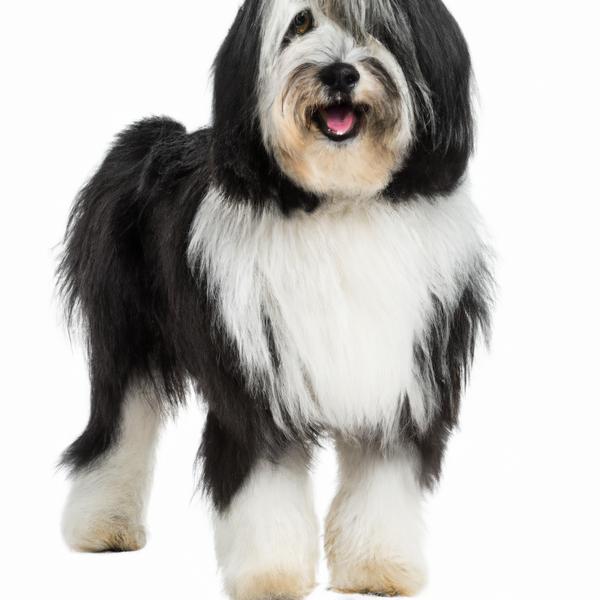
Tibetan Terrier
Blue Blood Cane Corso vs Tibetan Terrier
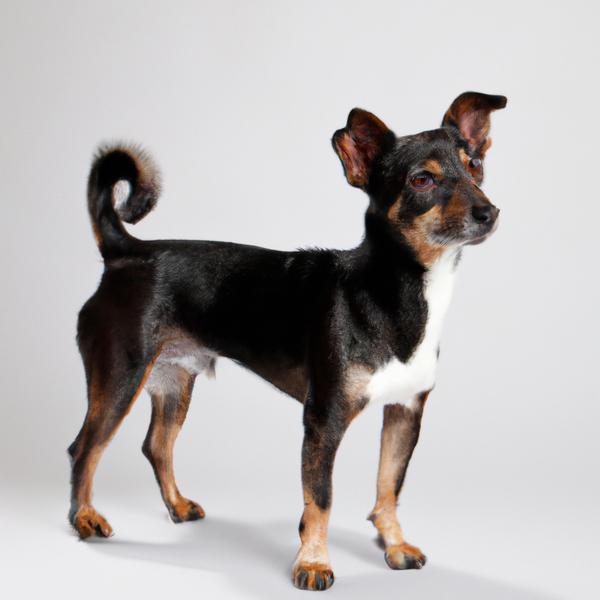
Japeke
Blue Blood Cane Corso vs Japeke

Wirelsh Terrier
Blue Blood Cane Corso vs Wirelsh Terrier

Smooth Foodle
Blue Blood Cane Corso vs Smooth Foodle
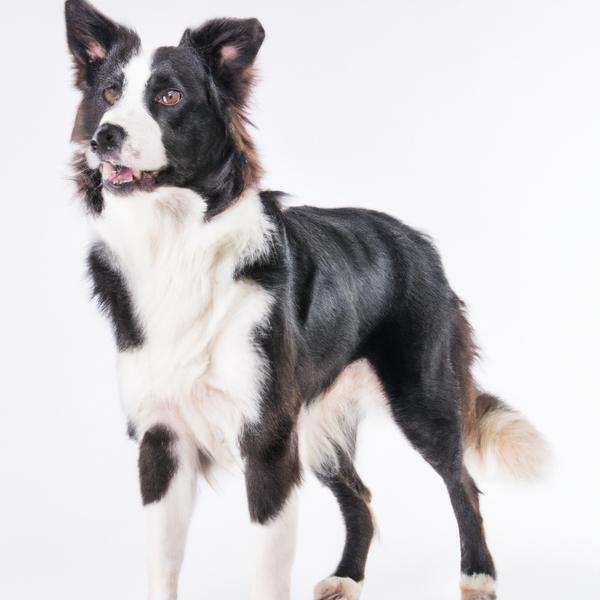
Border Collie
Blue Blood Cane Corso vs Border Collie

Toy Torkie
Blue Blood Cane Corso vs Toy Torkie
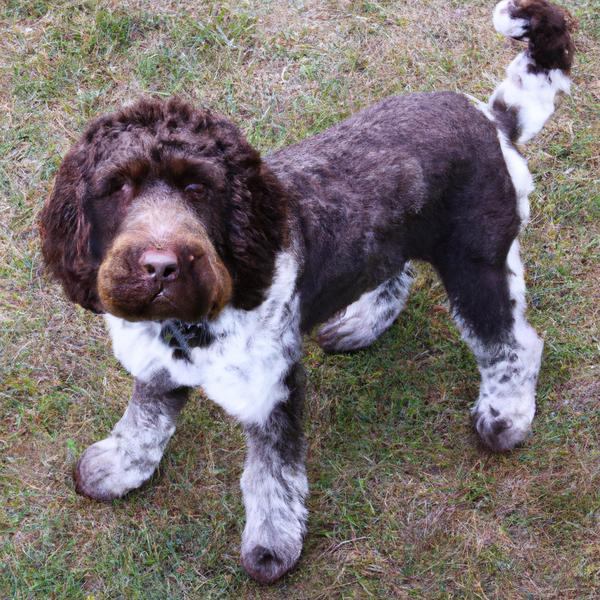
Springerdoodle
Blue Blood Cane Corso vs Springerdoodle

Bully-Tzu
Blue Blood Cane Corso vs Bully-Tzu
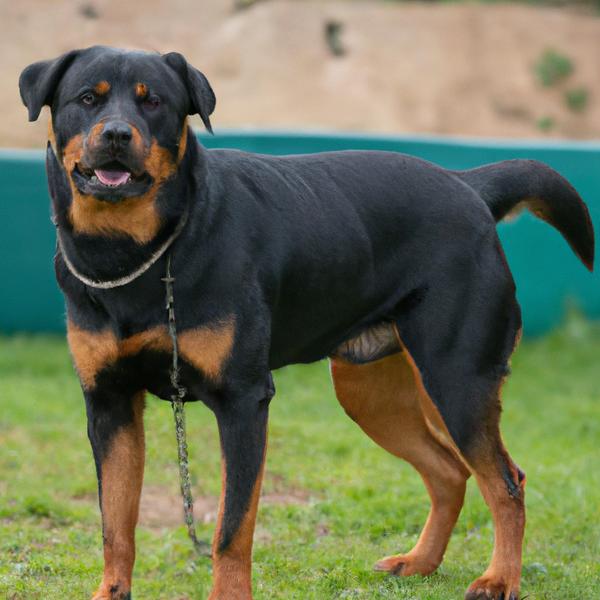
Rottie Shepherd
Blue Blood Cane Corso vs Rottie Shepherd
